The Device Experience (DX) Division will begin with the Mobile Experience (MX) business unit on the 17th, followed by the Visual Display (VD) and Digital Appliances (DA) units on the 18th, and a company-wide session on the 19th. The Device Solutions (DS) Division, responsible for semiconductors, will hold its meeting on the 18th.
Roh Tae-moon, Acting Head of the DX Division and President, and Jun Young-hyun, Head of the DS Division and Vice Chairman, are presiding over the meetings. As in previous years, Executive Chairman Lee Jae-yong is not expected to attend in person but will be briefed on the outcomes.
This year’s global strategy meeting will address supply chain restructuring in response to U.S. President Trump’s import tariff policies and the ongoing Iran-Israel conflict.
A critical focus will be the evaluation and response to challenges in the semiconductor business, especially as Samsung faces the risk of losing its 33-year reign as the global D-RAM leader to SK Hynix.
According to TrendForce, Samsung’s share of the global D-RAM market revenue dropped to 34.4% in Q1 2025, while SK Hynix rose to 36.9%, overtaking Samsung for the first time. This shift occurred as SK Hynix secured a lead in high-bandwidth memory (HBM) for the AI era, while Samsung struggled for over a year with Nvidia’s disapproval of its HBM3E (5th generation) quality certification.
Micron, the third-largest D-RAM maker, is also gaining ground, being the only one among the top three to increase its sales quarter-over-quarter, with its market share rising to 25%, up 3 percentage points from the previous quarter.
Samsung is expected to focus on strategies to regain leadership with the launch of HBM4 (6th generation) next year, which will be a key topic at this meeting.
The foundry business, which has faced yield controversies, is another challenge. In Q1 2025, Taiwan’s TSMC continued its dominance with a 67.6% share of the global foundry market. Samsung’s share fell by 0.5 percentage points to 7.7%, while China’s SMIC, the only one among the top three to increase sales, saw its share rise by 0.5 percentage points to 6.0%, closing in on Samsung.
Gwak Horyung (horr@fntimes.com)





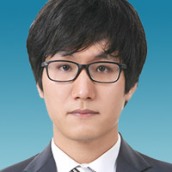





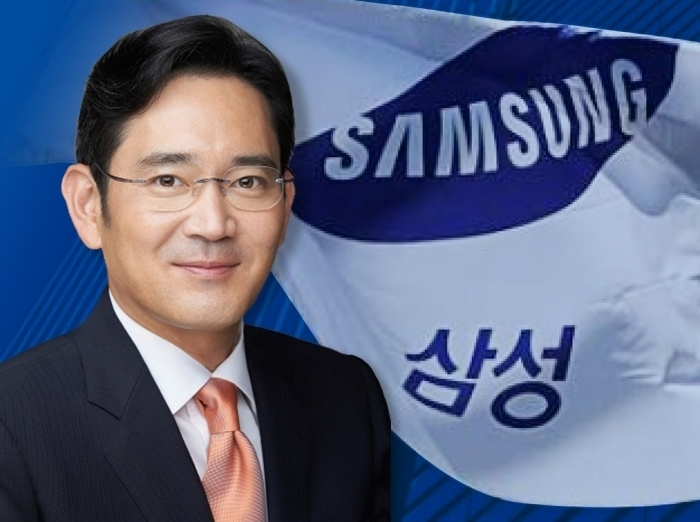






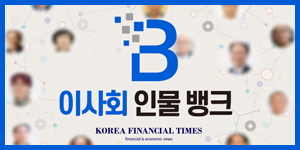
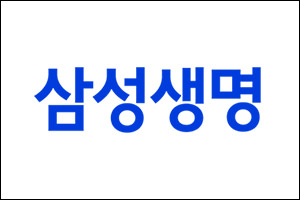










![[DCM] SK온, 시너지보다 등급 방어...밸류 발목 우려](https://cfnimage.commutil.kr/phpwas/restmb_setimgmake.php?pp=006&w=69&h=45&m=5&simg=2025111106592504854a837df6494123820583.jpg&nmt=18)
![풍선효과 제대로… 구리·화성 등 경기도 비규제지역이 뜬다 [10·15 부동산대책 후폭풍③-끝]](https://cfnimage.commutil.kr/phpwas/restmb_setimgmake.php?pp=006&w=69&h=45&m=5&simg=2025111118010203825048b718333211177233133.jpg&nmt=18)

![우리금융 회장 승계 시계 작동…7인 임추위로 공정성 제고 [2025 CEO 인사전망-우리금융]](https://cfnimage.commutil.kr/phpwas/restmb_setimgmake.php?pp=006&w=69&h=45&m=5&simg=2025110715380502343300bf52dd2121131180157.jpg&nmt=18)
![기동호 우리금융캐피탈 대표, 비은행 순익 기여도 1위…임종룡 회장 거취 변수 [2025 CEO 인사전망-우리금융]](https://cfnimage.commutil.kr/phpwas/restmb_setimgmake.php?pp=006&w=69&h=45&m=5&simg=20251110164544056206a663fbf34175192139202.jpg&nmt=18)
![자동차보험 시간당 공임 의견 조율 시급한데...국토부 팀장은 회의 20분만에 이탈 [자동차보험 정비수가]](https://cfnimage.commutil.kr/phpwas/restmb_setimgmake.php?pp=006&w=69&h=45&m=5&simg=20230310104359087848a55064dd111222114027.jpg&nmt=18)
![카드업계 건전성 악화로 손실 부담 지속…"스테이블코인 도입 등 결제시장 변화 대응" [금융연구원 2026 전망]](https://cfnimage.commutil.kr/phpwas/restmb_setimgmake.php?pp=006&w=69&h=45&m=5&simg=2025111115431400595957e88cdd52112162196.jpg&nmt=18)
![상호금융업권, 부동산PF 부실화 확대…"조합원 중심 영업 필요” [금융연구원 2026 전망]](https://cfnimage.commutil.kr/phpwas/restmb_setimgmake.php?pp=006&w=69&h=45&m=5&simg=20251111161058007056a663fbf34211216241.jpg&nmt=18)








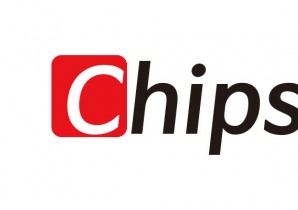
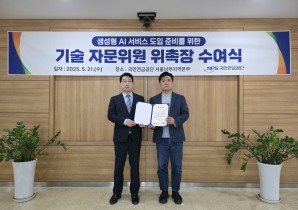


![[카드뉴스] KT&G, 제조 부문 명장 선발, 기술 리더 중심 본원적 경쟁력 강화](https://cfnimage.commutil.kr/phpwas/restmb_setimgmake.php?pp=006&w=298&h=298&m=1&simg=202509241142445913de68fcbb3512411124362_0.png&nmt=18)
![[카드뉴스] KT&G ‘Global Jr. Committee’, 조직문화 혁신 방안 제언](https://cfnimage.commutil.kr/phpwas/restmb_setimgmake.php?pp=006&w=298&h=298&m=1&simg=202503261121571288de68fcbb3512411124362_0.png&nmt=18)
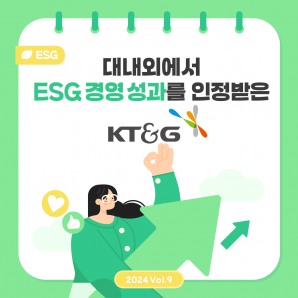

![[카드뉴스] 국립생태원과 함께 환경보호 활동 강화하는 KT&G](https://cfnimage.commutil.kr/phpwas/restmb_setimgmake.php?pp=006&w=298&h=298&m=1&simg=202403221529138957c1c16452b0175114235199_0.png&nmt=18)
![[신간] 고수의 M&A 바이블](https://cfnimage.commutil.kr/phpwas/restmb_setimgmake.php?pp=006&w=81&h=123&m=5&simg=2025091008414900330f8caa4a5ce12411124362.jpg&nmt=18)
![[신간] 리빌딩 코리아 - 피크 코리아 극복을 위한 생산성 주도 성장 전략](https://cfnimage.commutil.kr/phpwas/restmb_setimgmake.php?pp=006&w=81&h=123&m=5&simg=2025032814555807705f8caa4a5ce12411124362.jpg&nmt=18)
![[서평] 추세 매매의 대가들...추세추종 투자전략의 대가 14인 인터뷰](https://cfnimage.commutil.kr/phpwas/restmb_setimgmake.php?pp=006&w=81&h=123&m=5&simg=2023102410444004986c1c16452b0175114235199.jpg&nmt=18)

![[신간] 조금 느려도 괜찮아...느림 속에서 발견한 마음의 빛깔](https://cfnimage.commutil.kr/phpwas/restmb_setimgmake.php?pp=006&w=81&h=123&m=5&simg=20251105082239062852a735e27af12411124362.jpg&nmt=18)

![[AD] 기아 ‘PV5’, 최대 적재중량 1회 충전 693km 주행 기네스 신기록](https://cfnimage.commutil.kr/phpwas/restmb_setimgmake.php?pp=006&w=89&h=45&m=1&simg=20251105115215067287492587736121125197123.jpg&nmt=18)
![[카드뉴스] KT&G, 제조 부문 명장 선발, 기술 리더 중심 본원적 경쟁력 강화](https://cfnimage.commutil.kr/phpwas/restmb_setimgmake.php?pp=006&w=89&h=45&m=1&simg=202509241142445913de68fcbb3512411124362_0.png&nmt=18)
![[AD]‘황금연휴에 즐기세요’ 기아, ‘미리 추석 페스타’ 이벤트 실시](https://cfnimage.commutil.kr/phpwas/restmb_setimgmake.php?pp=006&w=89&h=45&m=1&simg=20250903093618029117492587736121166140186.jpg&nmt=18)
![[AD]‘패밀리카 선두 주자’ 기아, ‘The 2026 카니발’ 출시](https://cfnimage.commutil.kr/phpwas/restmb_setimgmake.php?pp=006&w=89&h=45&m=1&simg=2025081810452407346749258773621116810840.jpg&nmt=18)
![[AD] ‘상품성↑가격↓’ 현대차, 2025년형 ‘아이오닉 5’·‘코나 일렉트릭’ 출시](https://cfnimage.commutil.kr/phpwas/restmb_setimgmake.php?pp=006&w=89&h=45&m=1&simg=202505131018360969274925877362115218260.jpg&nmt=18)



